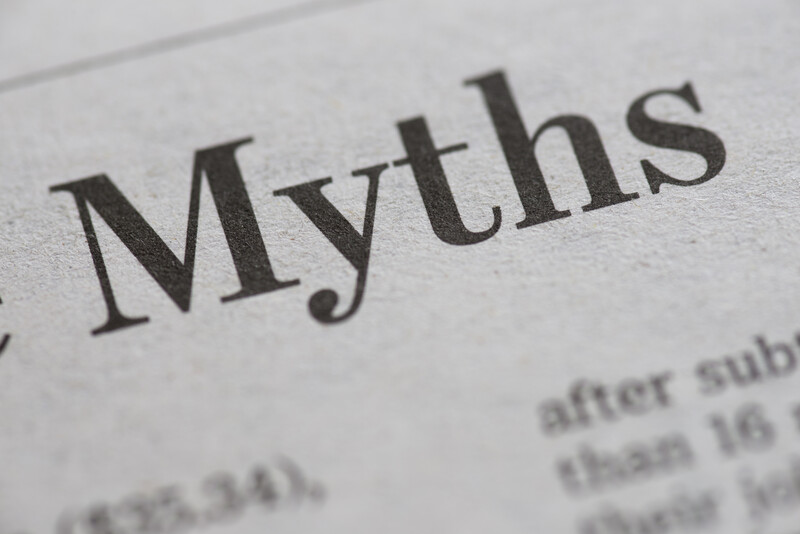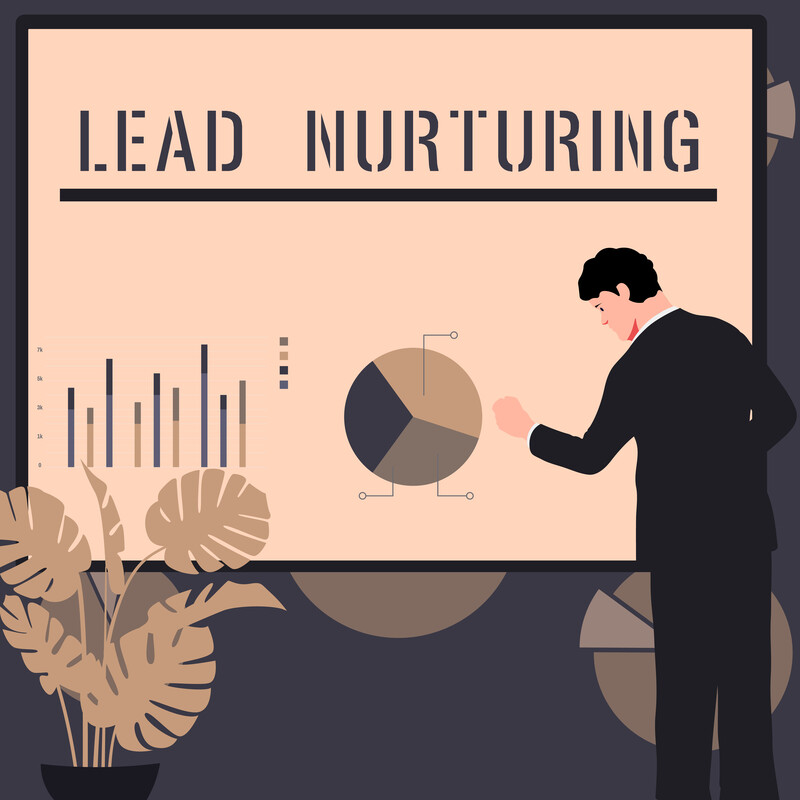Creating buyer personas is a crucial step in understanding your target audience and tailoring your marketing efforts to better meet their needs. But what should you do after you’ve identified these personas? In this comprehensive guide, we’ll delve into five essential steps you should take after creating buyer personas to maximize their impact on your marketing strategy.
1. Refine and Optimize Your Marketing Content
Tailor Your Messaging
With your buyer personas in hand, it’s time to refine your marketing content to better resonate with each persona. Start by identifying the most relevant pain points, goals, and motivations for each persona. Then, tailor your messaging to address these concerns and demonstrate how your product or service can help them overcome their challenges or achieve their objectives.
Focus on Persona-Specific Channels
Your buyer personas can also provide insights into the channels they prefer for communication and content consumption. Prioritize these channels in your marketing efforts to ensure you’re reaching your target audience where they’re most likely to engage.
For instance, if you discovered that one of your personas is highly active on Facebook, consider creating a Facebook group specifically for that persona, where you can share relevant content and foster a sense of community among members.
Optimize Content Formats
Different personas may respond better to different types of content. Use your buyer persona research to determine which formats are most appealing to each persona and create content accordingly. For example, if one persona prefers videos, consider producing more video content tailored to their interests and needs.
2. Segment Your Audience
Divide Your Contact List
Now that you have a better understanding of your buyer personas, it’s time to segment your contact list accordingly. This will enable you to send more personalized and targeted communications to your leads and customers, increasing the likelihood of conversion and customer satisfaction.
Use Negative Buyer Personas
In addition to segmenting your audience based on your buyer personas, consider creating negative buyer personas. These personas represent the types of customers you don’t want to target, such as those who are unlikely to convert or who may be too costly to acquire. By excluding these negative personas from your marketing efforts, you can focus on the customers who are most likely to generate value for your business.
3. Test and Refine Your Messaging
A/B Testing
Once you’ve tailored your marketing content for each persona, it’s essential to test the effectiveness of your messaging. A/B testing is a valuable method for determining which messages resonate best with your target audience. By testing different headlines, images, or calls-to-action, you can optimize your content to drive better results.
Monitor and Adjust
After implementing your persona-driven marketing efforts, keep a close eye on your performance metrics to determine what’s working and what needs improvement. Regularly revisit and update your buyer personas based on new data and insights, and adjust your marketing strategies accordingly.
4. Align Your Sales, Customer Support, and Product Teams
Share Your Buyer Personas
To maximize the value of your buyer personas, ensure that all teams within your organization are aware of and understand them. This includes your sales, customer support, and product teams. By aligning everyone around the same customer insights, you can create a cohesive and consistent experience for your customers across all touchpoints.
Use Personas in Sales Conversations
Your sales team can use your buyer personas to better understand the needs and motivations of potential customers during sales conversations. By tailoring their approach to the specific persona they’re speaking with, sales reps can more effectively address the prospect’s concerns and demonstrate how your product or service can help them overcome their challenges.
Inform Product Development
Buyer personas can also be valuable for informing the development of new products or features. By understanding the needs and preferences of your target audience, your product team can create offerings that better meet the demands of your customers.
5. Continuously Update and Expand Your Buyer Persona
Regularly Review Your Personas
Creating buyer personas is not a one-time task. As your business evolves and your audience grows, it’s essential to regularly review and update your personas to ensure they remain accurate and relevant. This may involve revisiting your market research or conducting new surveys and interviews to gather fresh insights.
Identify New Personas
As you continue to refine your marketing efforts and expand into new markets, you may discover additional personas that are worth targeting. Be open to identifying and creating new personas to help you reach a broader audience and drive better results for your business.
Leverage Analytics Tools
Utilize analytics tools, such as Google Analytics and your CRM, to track the performance of your marketing efforts and gather new insights about your audience. These tools can help you identify patterns and trends that can inform the ongoing development of your buyer personas.
Conclusion
In conclusion, creating buyer personas is just the beginning. By taking these five essential steps after creating your personas, you can ensure that your marketing efforts are more targeted, personalized, and effective. Remember to continuously review and update your personas as your business evolves, and leverage the insights gained from your buyer persona research to drive better results for your organization.





